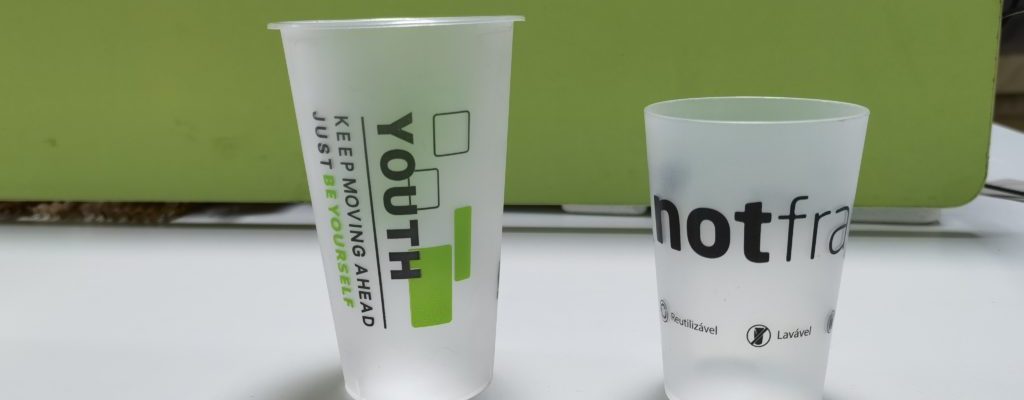
In the realm of manufacturing, two techniques have emerged as dominant forces: plastic molding and 3D printing. While both methods have their unique advantages and applications, they are fundamentally different in their processes, costs, and final product characteristics. This article aims to delve into the intricacies of these two manufacturing techniques, highlighting their differences and potential applications in various industries.
Plastic molding, also known as injection molding, is a traditional manufacturing process that involves injecting molten plastic into a mold. Once cooled, the plastic takes the shape of the mold, creating a precise and high-quality product. This method is ideal for mass production due to its high efficiency and consistency. However, the initial setup cost for creating the mold can be high, making it less suitable for small-scale production or prototyping.
On the other hand, 3D printing, also known as additive manufacturing, is a relatively new technology that builds objects layer by layer from a digital model. This method allows for a high degree of customization and complexity, making it perfect for prototyping and small-scale production. However, 3D printing can be slower and more expensive per unit than plastic molding, especially for large-scale production.
One of the key differences between these two methods lies in their design flexibility. While plastic molding requires a new mold for each design, 3D printing allows for easy design modifications without any additional cost. This makes 3D printing a more flexible option for industries that require frequent design changes or customization.
Another significant difference is in the material usage. Plastic molding often results in excess material that needs to be recycled or discarded, while 3D printing uses only the exact amount of material needed for the product, reducing waste.
In terms of precision and surface finish, plastic molding generally produces parts with smoother surfaces and tighter tolerances than 3D printing. However, advancements in 3D printing technology are rapidly closing this gap.
The choice between plastic molding and 3D printing ultimately depends on the specific requirements of the project. Factors such as production volume, design complexity, budget, and time constraints all play a role in determining the most suitable method.
In conclusion, while plastic molding and 3D printing are both powerful manufacturing techniques, they serve different purposes and have distinct advantages and disadvantages. By understanding these differences, businesses can make informed decisions about which method to use for their specific needs, optimizing efficiency, cost-effectiveness, and product quality.

